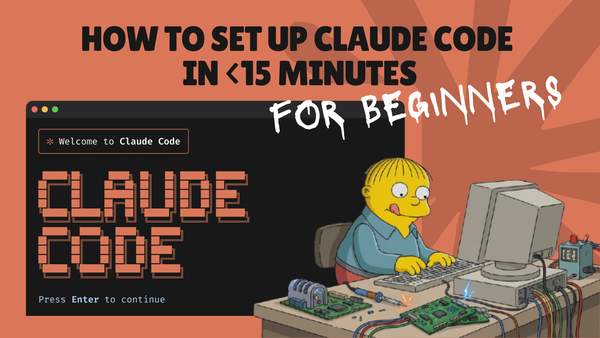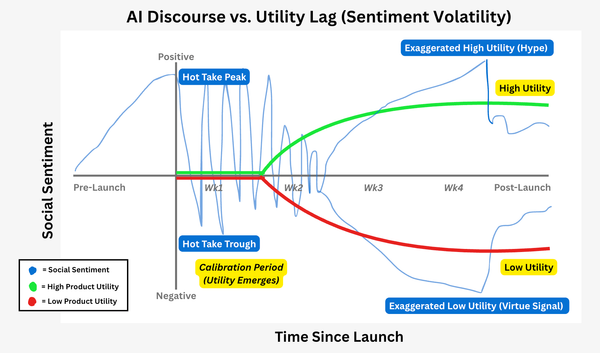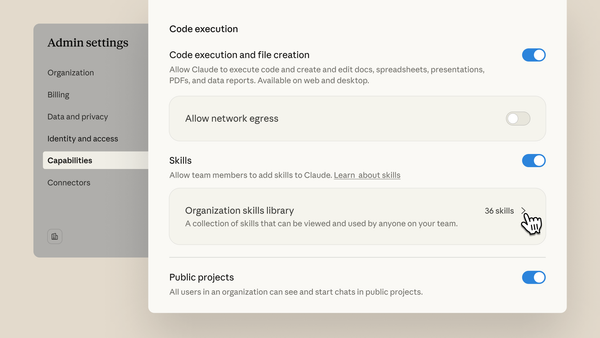10 Prompting Tactics AI Experts Use to Get Insane Results
Simple techniques that take you from generic to genius.
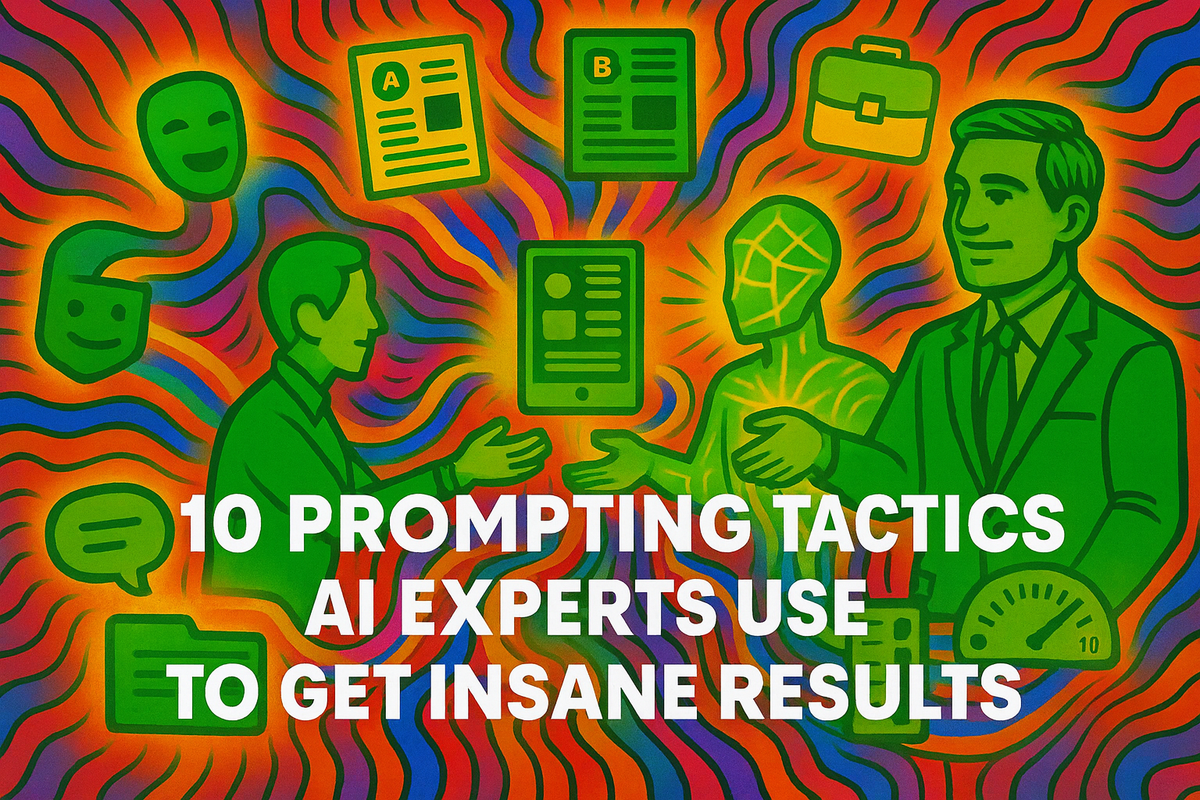
Your coworker gets genius AI responses. You get generic garbage. Here's why.
You're using the same tools as people who are crushing it, but getting basic responses.
The difference? How you ask.
Here are 10 expert-level tactics that will instantly level-up your results:
1. Use Ultra-Specific Roles for Creative & Strategic Work
The more details you give about who AI should be, the more it can tap into specialized knowledge patterns instead of generic responses.
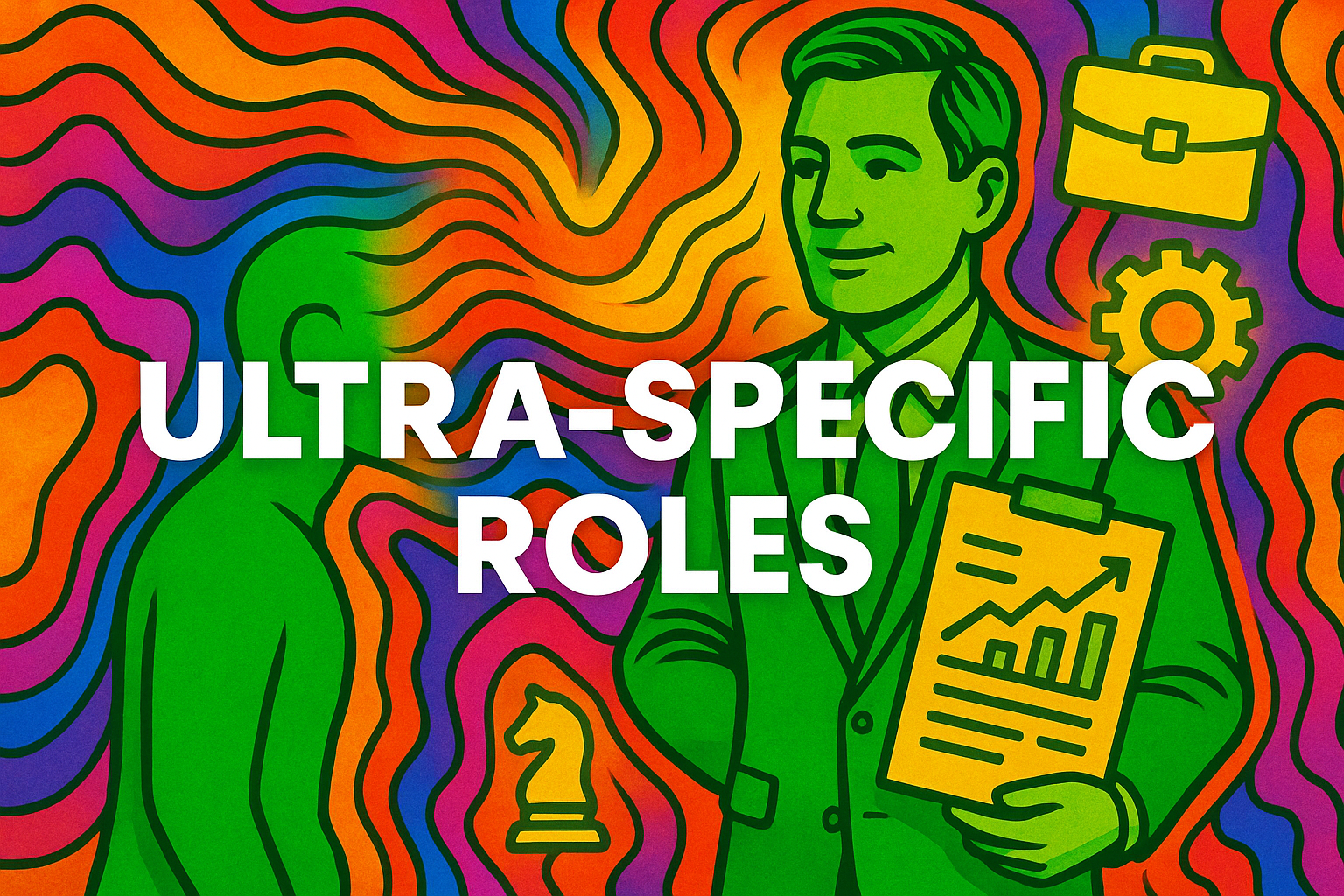
When to Use: Creative tasks, strategic advice, ideation and brainstorming sessions.
Reality Check: While this works great for creative thinking, skip it when you need precise info or data analysis. Berkeley researchers found that role-playing prompts can reduce accuracy by 31% (AI prioritizes the role over the truth).
2. Use Examples Strategically
If you include examples, be specific about what you want AI to learn, instead of dumping info and letting it guess.
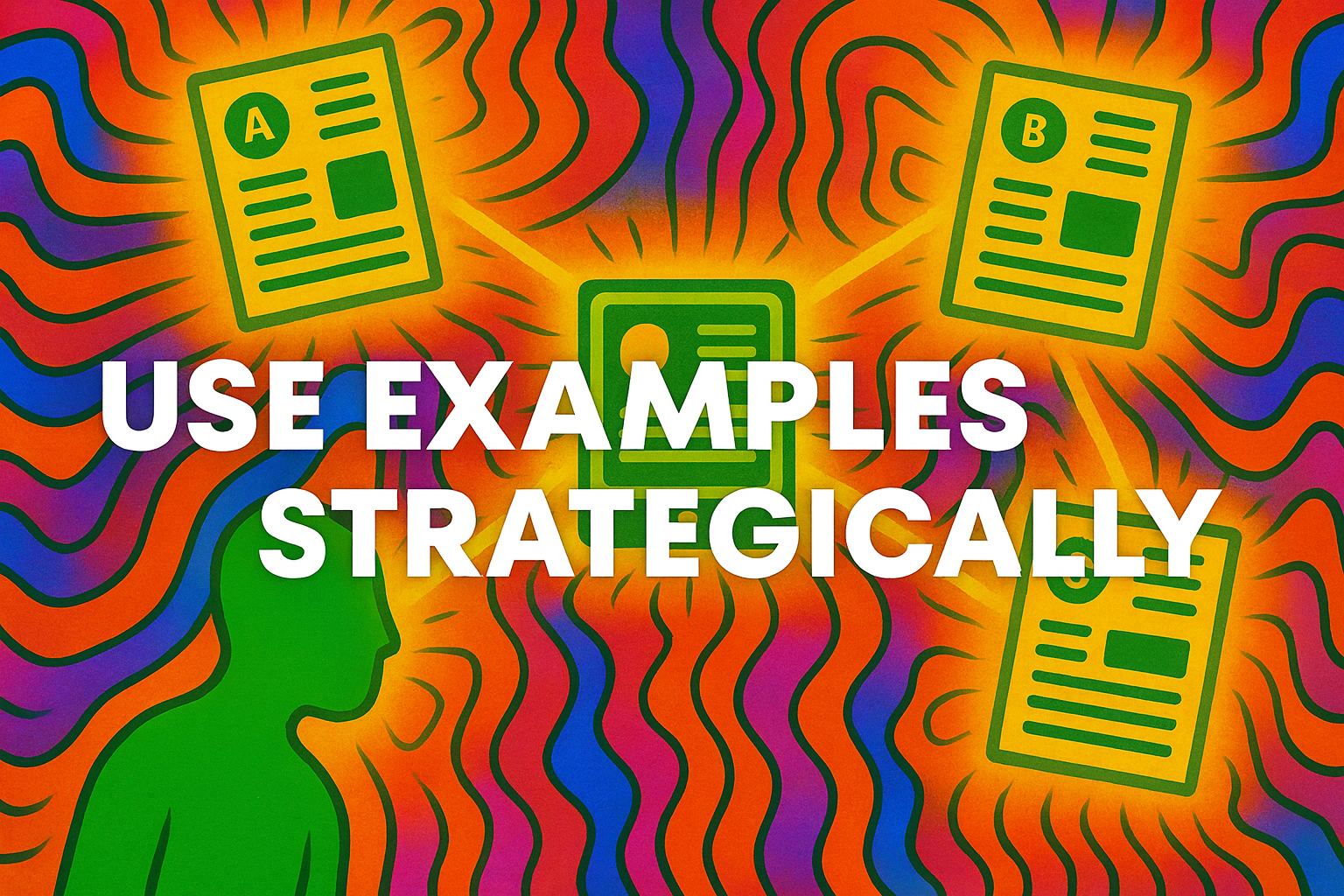
Ex: "Use Example_A.pdf's conversational tone, Example_B.pdf's structure with numbered sections, and Example_C.pdf's call-to-action approach."
When to Use: Format guidance, tone matching, and style consistency across content.
Reality Check: An MIT study shows having too many examples hurts performance. Models get confused or stuck on irrelevant details. Clean instructions without examples often work better. Start simple, then add examples if needed.
3. Put Critical Info First and Last
AI pays more attention to information at the beginning and end of prompts, just like people do when reading.

When to Use: Always. This aligns with how language models process information.
Reality Check: Studies show AI has both primacy (first info) and recency (last info) biases. A 2025 study found that the recency bias exists across all major AI models.
4. Build Your MVP, Then Add Complexity
It's tempting to anticipate every scenario and cram all details into one massive prompt. Don't. Overloading makes AI perform worse.

When to Use: Every time you're creating a new prompt or workflow.
Reality Check: Multiple studies show longer prompts with irrelevant details reduce accuracy and increase hallucinations. Start simple and add what's missing from results.
5. Structure Your Prompts Like a Brief
Clean organization helps AI understand your request and deliver consistent results.
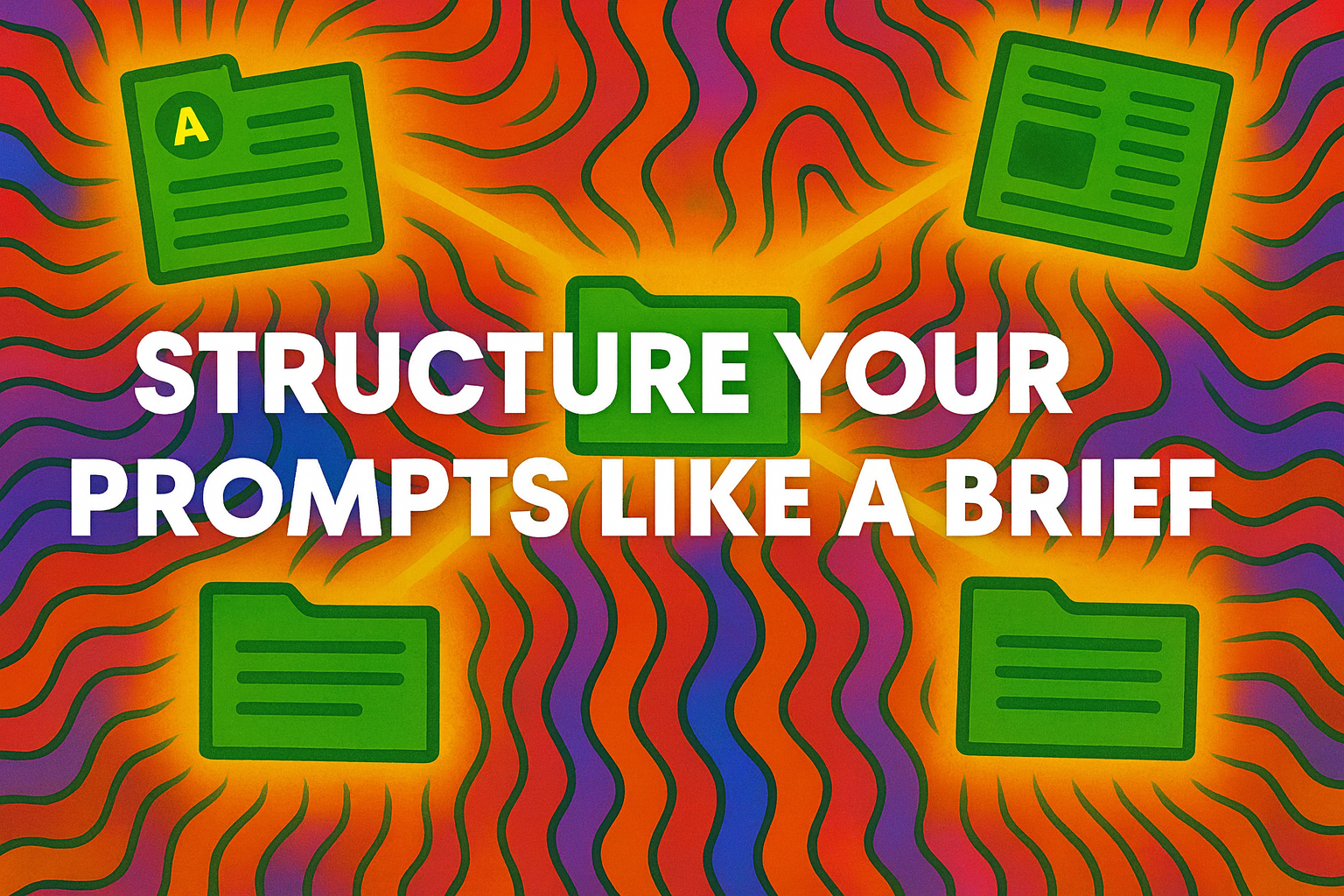
---
<context>
You're helping a project management software company create follow-up emails for prospects who downloaded pricing but haven't scheduled demos. Teams of 10-50 people. Average deal: $15K annually.
</context>
<task>
Write the second email in a 3-email sequence. Address common objections and provide social proof.
</task>
<constraints>
- Maximum 150 words
- Professional but conversational
- Include one customer success story
- Strong demo booking call-to-action
- No discounts or promotions
</constraints>
<format>
Subject line, email body with clear paragraphs, call-to-action button text
</format>
When to Use: Complex requests that need specific, consistent output.
Reality Check: Research shows XML structure beats other formats by 31%. Markdown adds 12% accuracy. Avoid ALL CAPS (reduces accuracy 23%) and emojis (reduces accuracy 15%).
6. Let AI Write Better Prompts for You
Instead of crafting prompts from scratch, let AI draft them using its knowledge of what works. This is known as "meta-prompting".
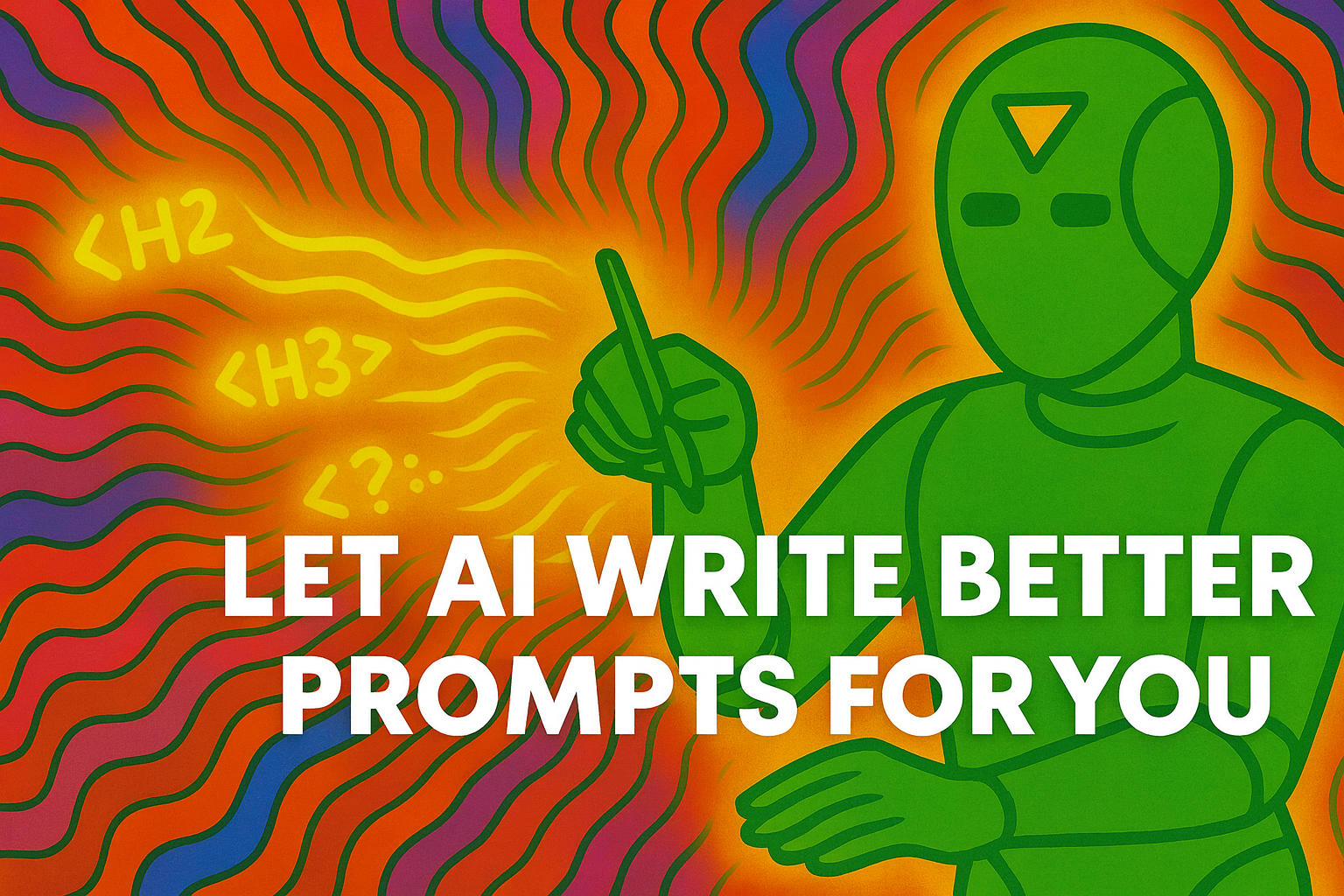
Ex: "I need to analyze customer feedback and identify improvement opportunities. Write a well-structured prompt that would make you excel at this task. Ask me questions for any context you need."
When to Use: Starting new workflows or when current prompts aren't delivering quality results.
Reality Check: Studies show AI-generated prompts outperform human-written ones in 60-76% of cases, with accuracy improvements of 10-22%.
7. Turn AI Into Your Strategic Thinking Partner
Have AI question you to help articulate and explore your ideas instead of filling in gaps itself.

Ex: "I'm thinking about changing our pricing strategy. Act like a consultant and ask me probing questions to help me think through this decision clearly."
When to Use:
Formalizing ideas, complex decisions, or when you know something's off but can't pinpoint what.
Reality Check: AI's questioning reveals assumptions or ideas you didn't know you had. This leads to stronger decisions than relying on instinct or defaulting to AI's suggestions.
8. Ask For Confidence Scores
Get a better feel for when AI is certain versus guessing.
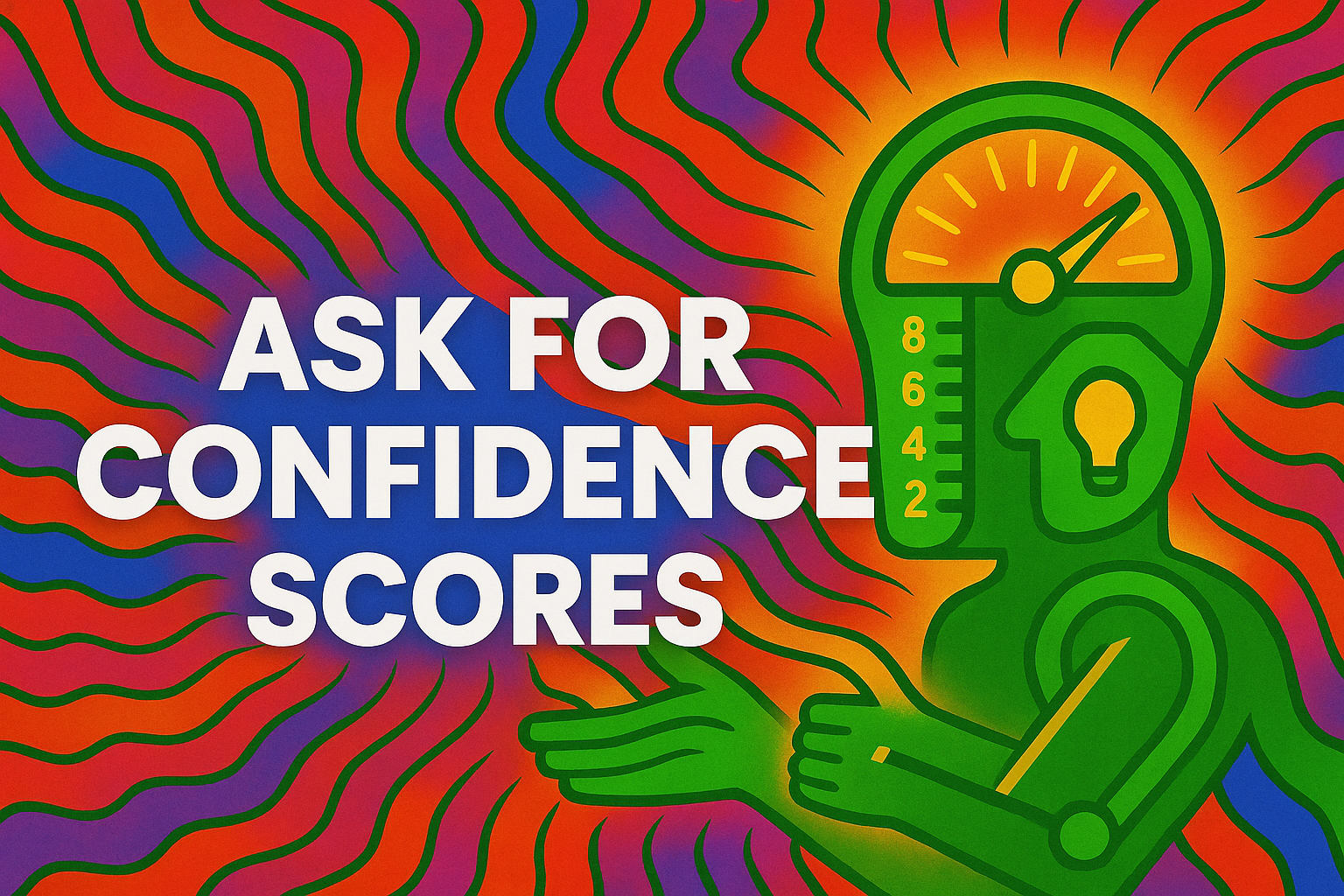
When to Use: Factual research, data analysis, strategic decisions, or any important output you'll act on.
Reality Check: Research shows humans miss AI errors 33-43% of the time. Confidence scores help you know when to dig deeper.
9. Create Reusable Context Files
Stop retyping the same background information in every conversation.

*Pro Move: Have AI help you draft and format these context files.*
When to Use: Recurring tasks needing consistent context across conversations or when explaining the same info repeatedly.
Reality Check: Structured formats help AI process information better. Context files also save time, reduce prompt overload, and create consistency across team members.
10. Create Your Prompt-Building System
Systematize your approach by having AI guide you through creating prompts for any task.
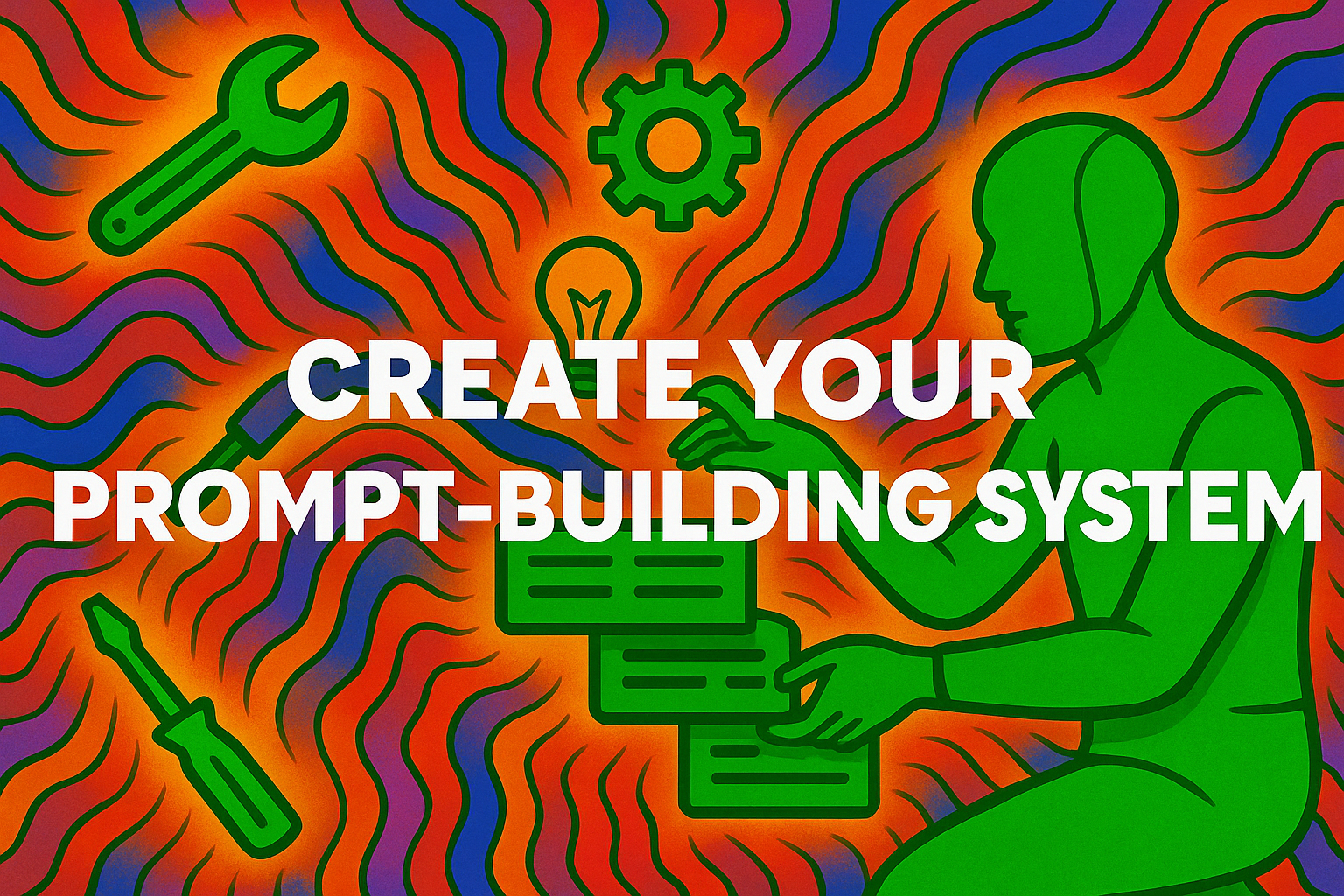
Ex: "Act as a prompt expert. When I give you a task, ask me structured questions to understand my goals, constraints, audience, and desired output. Then create a well-formatted XML prompt I can reuse for this task type."
When to Use: When you want to create great prompts with minimal effort.
Reality Check: This combines multiple tactics above into a reusable system to save time and level up results.
That’s the list.
Steal a couple of these, test them out, and watch how quickly your results stop looking basic.
Have a tactic I missed? Leave a comment and share the magic.


